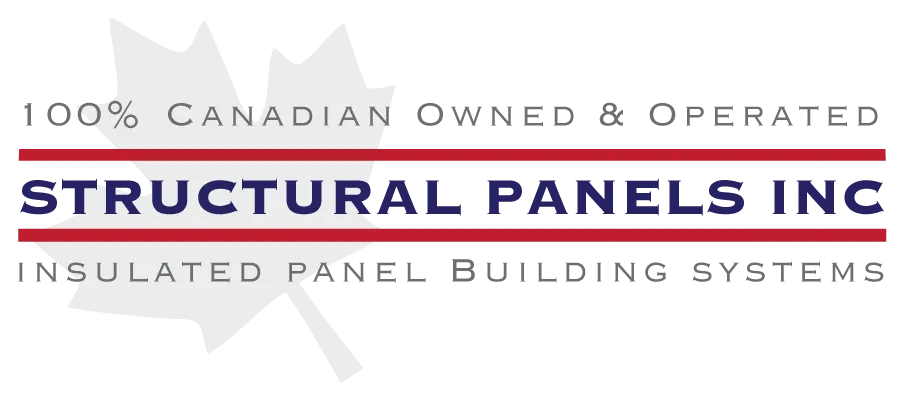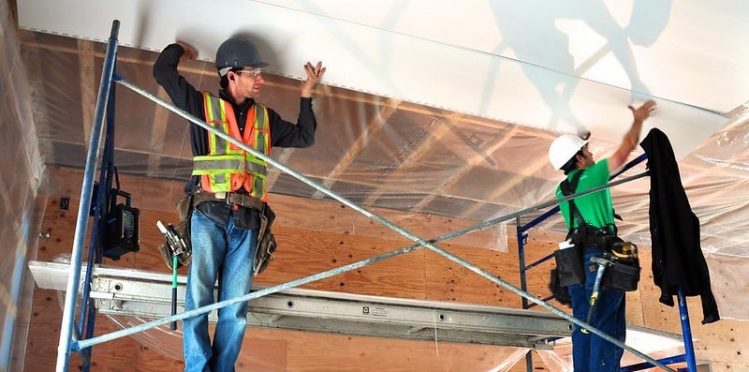As its name implies, drywall really works best when dry. Once it gets wet, it must be removed to avoid issues with staining, swelling, and mold. While many locations can prevent water infiltration and decrease exposure to moisture, areas that are prone to high levels of humidity, flooding, or other types of extreme weather are more likely to have to deal with wet drywall. Wet drywall is almost immediately compromised, so those dealing with flooding or other high levels of moisture regularly might want to consider alternatives that stand up to moisture better—like PVC wall panels.
The Weaknesses of Drywall: Mold, Mildew, and Staining
Drywall is a gypsum-based product. It uses a paper cladding to wrap an internal gypsum panel. While gypsum is very useful when dry, it more or less acts as a sponge when exposed to water. The wet gypsum will swell just like a sponge, soaking in water. The swelling decreases the integrity of the panel and often causes unsightly staining as well. Ultimately, the gypsum will break down, causing a whole host of structural issues.
If the wet drywall is not removed or otherwise treated, it will often result in mildew and mold growth. The location of the drywall is particularly well suited to foster mold growth—the insulation behind the drywall and lack of airflow in that area makes for a breeding ground for mildew, mold, and rot. Odors are often present as well.
When drywall gets wet, it generally must be replaced. Unfortunately, more than just the wet portion might need to be completely removed and replaced. Entire panels might need to be removed to address any moisture issues behind the wall and into the insulation.
While drywall is certainly useful, it struggles and fails when it comes to moisture. In areas that have to deal with high moisture or repeat flooding, drywall likely is not the best solution.
PVC Wall Panels: An Effective Method to Address Moisture
PVC wall panels are made from PVC, a durable plastic. They are extremely resilient and will protect walls from moisture and chemical exposure. PVC wall panels are simply better able to withstand moisture from any source, whether it is a weather event, sewer backup, or chemicals. It is also exceptionally easy to clean, so if the walls are exposed to moisture, it can be wiped away without compromising the wall.
Installers can use PVC wall panels as an alternative to traditional drywall to help address many of the weaknesses of drywall, specifically in areas where water exposure is a concern. It is also often easier to install compared to drywall.
Drywall requires taping, mudding, sanding, and painting, none of which is necessary with PVC wall panels. Instead, using QuicklinerTM panels, installers can simply snap the panels together. You can even install PVC wall panels over the top of existing drywall in some cases. The panels already have a clean, glossy finish as well.
In addition, PVC wall panels meet the CFIA’s and FDA’s strict sanitation standards, which means they can be used in industrial settings such as commercial kitchens, food processing facilities, and clean rooms. They also have a Class-A fire rating in accordance with ASTM E 84.
PVC wall panels are built to last, and Structural Panels, Inc. can help you review your options to incorporate them into your next project. Several panel options are available, including trim, joints, edging, and more. Contact Structural Panels, Inc. to get more information or schedule a free estimate.

